Last Updated on August 5, 2021

Ink & Pixel is a source of pride and joy for me as a writer and as such, I’m always striving to take this column further for those who read and enjoy it. If you yourself, or anyone you know, helped to make any of the amazing feature animated films found within this column, I would love to talk to you to further my knowledge. Please contact me at [email protected] so we can discuss it further.
What would you say if I told you that I would provide you with a delicious meal of epic proportions? You’d probably be all over it. A free meal, who doesn’t want that? Now, here’s the thing. What if I told you that this meal was going to be prepared by one of society’s most hated and disease ridden creatures: the rat. Not so interested now, are you? Suddenly, the thought of being served Boulette d’Avesnes with a side of Hantavirus Pulmonary Syndrome isn’t so appealing, is it? Well, back in 2007, Pixar decided to break the stigma of “rats in the kitchen” and released their eighth feature length animated film, RATATOUILLE, a film about love, food, and finding friends in the most unlikely of places.

RATATOUILLE, written by Jan Pinkava, Jim Capobianco, and co-written and directed by Brad Bird features the delightful story about a rat named Remy (Patton Oswalt); a rather talented rodent with an acute sense of taste and smell. After becoming separated from his family, Remy finds himself living inside the sewers outside of his culinary hero’s famous restaurant – Gusteau’s – inside of Paris, France. Being of the curious sort, Remy takes the opportunity to witness the goings on within the restaurant’s kitchen first hand (or paw?). Before long, Remy becomes involved in the making of a delicate dish believed to have been prepared by a haphazard, newly hired trash boy named Linguini (Lou Romano). In an effort to cover his tracks Linguini captures Remy and attempts to throw him into the water and be done with him once and for all. Only, in a moment of weakness, the two characters see beady eye to eye and discover a friendship not normally found between man and rodent.

Linguini, back at home and eager to learn from his new friend, soon discovers that while hiding Remy beneath his toque blanche (a hat popularized in the 13th to 16th century throughout Europe, now worn primarily by chefs all around the world), Remy has the ability to control Linguini’s movements (marionette-style) by pulling on his hair. With the curiosity and faith of the only female chef inside the kitchen, Colette (Janeane Garofalo), Linguni and Remy strive to convince the forever suspicious master chef, Skinner (Ian Holm), that Linguini is the answer to making Gusteau’s Restaurant the finest that France has to offer.

Animation companies throughout the years have introduced us (as an audience) to many generations of colorful and complex characters during their long history as an entertainment medium. And as always, most introductions to a new character or idea come with their own unique set of challenges. The task of introducing the audience to talking animals for example. In the case of RATATOUILLE the Pixar staff was asked to make an animal known to be generally despised by the vast populous into a lovable creature. Not only did you have to cheer for Remy, you had to relate to him, too.

One of the methods of making animals (such as rats) presentable and relatable to humans is by having them exude many of the traits you’d find in human characters. Take into consideration that for the majority of the film, Remy, walks upright, expresses a multitude of emotions, and through both the movement of his body as well as through his eyes, emotes exactly like we humans would in that particular instance. So instead of us watching a film about a rat behaving like a rat, the film suddenly becomes about something that has a family, indulges in hobbies, reacts to danger, and is passionate about their stations in life. It changes everything.

In order to flesh out and properly represent Remy’s environment several key members of the Pixar design and animation staff were sent to Paris, France. Over the course of a week, these creative individuals conducted extensive research while surrounded by the beautiful city and all that it had to offer. During this time, each member of the team took an innumerable amount of photographs to bring back home to Pixar Studios located in Emeryville, California.

And because the film would call for the camera to constantly be switching perspective from that of the rat characters to the humans, many of the photos were taken with the photographer being poised on their hands and knees as well as upright. This allowed the photographer to gain a sense of perspective and scale necessary to appreciate the every day objects found around the city as both sets of character species would see them. Photos of trash cans, sewer grates, curb sides, foliage, towering trees, waterways, scuffed floors, statues, buildings, monuments, all manner of transportation all look very different when craning your neck up from off the ground. You should try it sometime. It’s fun.

During their time researching for the film, Team Pixar spent an entire day researching inside of a well known restaurant called The French Laundry. The team was asked not only to study and videotape the goings on inside of the kitchen, but to participate in the cooking of the meals when at all possible. Now normally, when people eat inside of a restaurant, they only get to see the dining area or “front of house,” but never the frenzied, sweltering madness of the kitchens where all the culinary magic happens. The animators found these tapes to be invaluable forms of reference material, and used what they’d learned from them to replicate the movements of the cooks, as well the orderly nature inside of a successful kitchen.

Another little aside that these videos proved to be useful for was the keeping and preparation of certain supplies and various foods. The last thing Pixar would need is for the culinary public to view their film and call them out on all the falsehoods about the art of preparing fine delicacies. To be sure that they got every last dollop and spoonful correct the staff of Pixar filmed, photographed, and digitally recreated every utensil used throughout the kitchen. Even all of the body movements and posturing of the staff were recorded. The preparation of each meal seen during the film was then broken down into a series of movements. These movements were then recreated using a special computer program that allows Pixar to calculate and display bone and muscle movements while the body is in motion. You can imagine how useful that was when bringing these precious details to the big screen.

Obviously, from what you’ve already read here so far, you’ve gathered an idea of just how much Pixar cares about their films. Attention to detail is paramount to the success of each film and RATATOUILLE was no exception. In the midst of all the cooking, shenanigans, and belly laughs that happen in the film there is also a subtle love story between Linguini and Colette. In an effort to be sure that Colette’s character be commanding, but still carry with her a strong sense of femininity, Brad Bird assigned her character to be animated entirely by women of the animation staff. Reportedly there were only 7-8 female animators on staff for the making of RATATOUILLE. Bird said that he believed the women would bring a certain grace to the characters movements and gestures. When the ladies were asked about what the work environment was like they had remarked that it was like working inside of a frat house with 92 rambunctious brothers.

What’s your favorite food? Mine is pancakes. Do you have any idea how difficult it is to make food that looks delicious while working in CGI animation? No? Well, let me tell you. You see, the problem with food is that it’s organic in nature on screen. And because of this a number of filters, shades, and textures must be added to the surface of food objects seen in animated films, because otherwise they appear flat, tasteless, and unappetizing. Actually, Pixar ended up using the same sub-surface light scattering technique used to create the skin of the characters found in Pixar’s THE INCREDIBLES to give the food a sort of glaze that would in the end keep it looking delicious.

At the time of its release RATATOUILLE opened with only $47 million from its North American Box Office totals. However, because of where the film was set, it broke the box office record inside of France and became the country’s most successful animated release to date by a large margin. By the end of the film’s release inside of the United States and Canada the film managed to serve up $623,722,818 worldwide, making it the fifth highest grossing Disney-Pixar film up until that point in time.

RATATOUILLE is one hell of an appetizing film to serve up to any person with an appreciation for animation, food, or the beauty of Paris. While it might not be among the most popular film of the Disney-Pixar roster, it certainly has made an impact on people all over the world. World travelers, foodies, and even Musophobes agree that its attention to detail and cast of lovable characters make it worth experiencing down to the very last mouthful of fine French cuisine … and cheese.






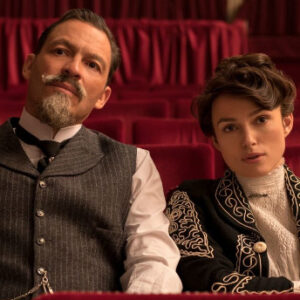
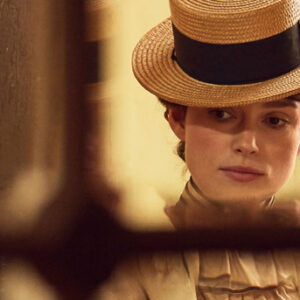




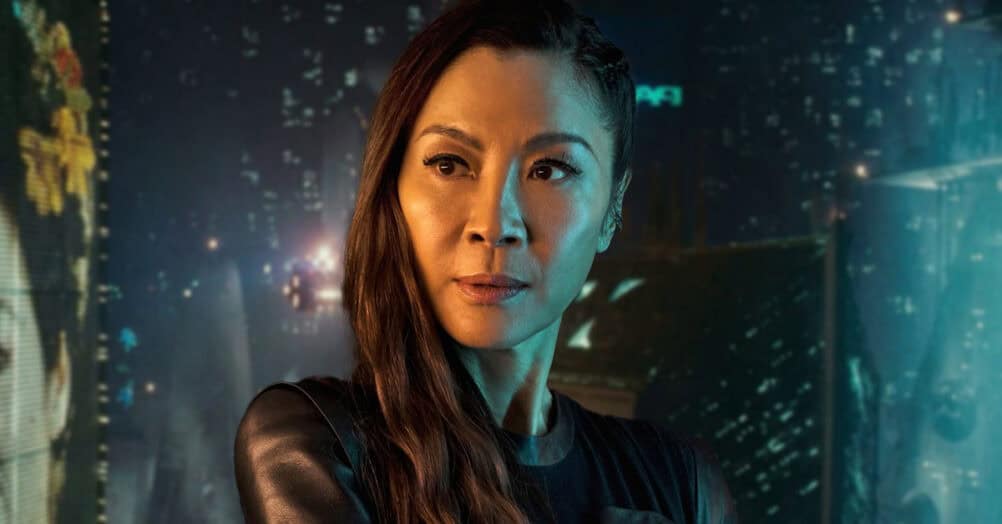

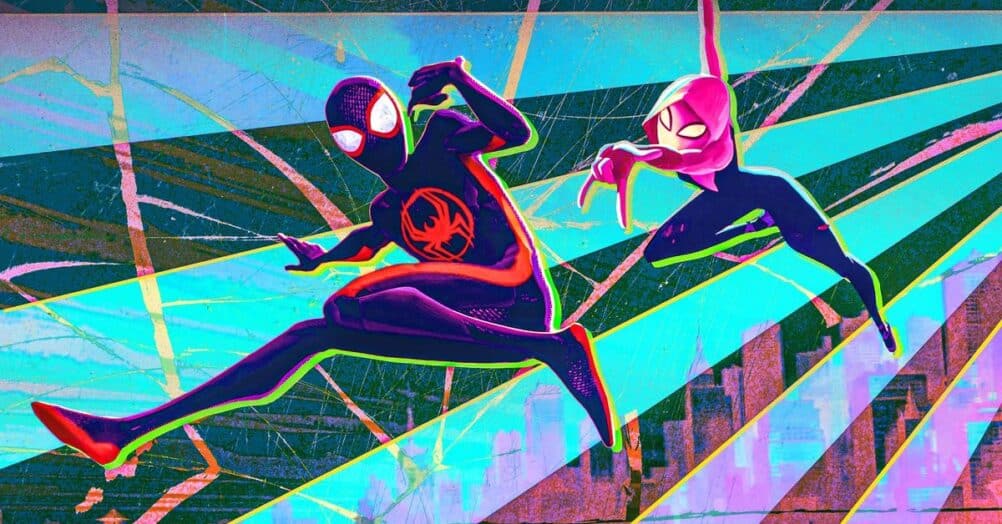
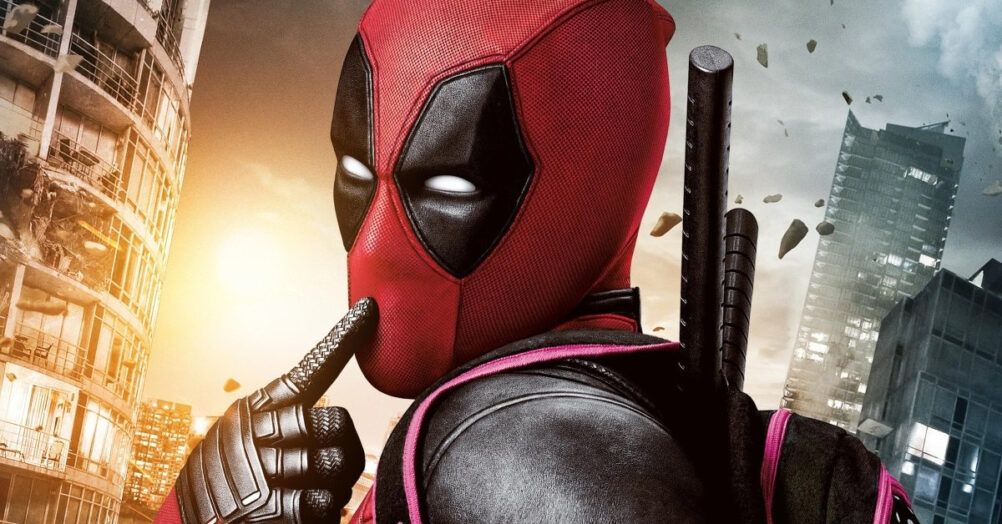

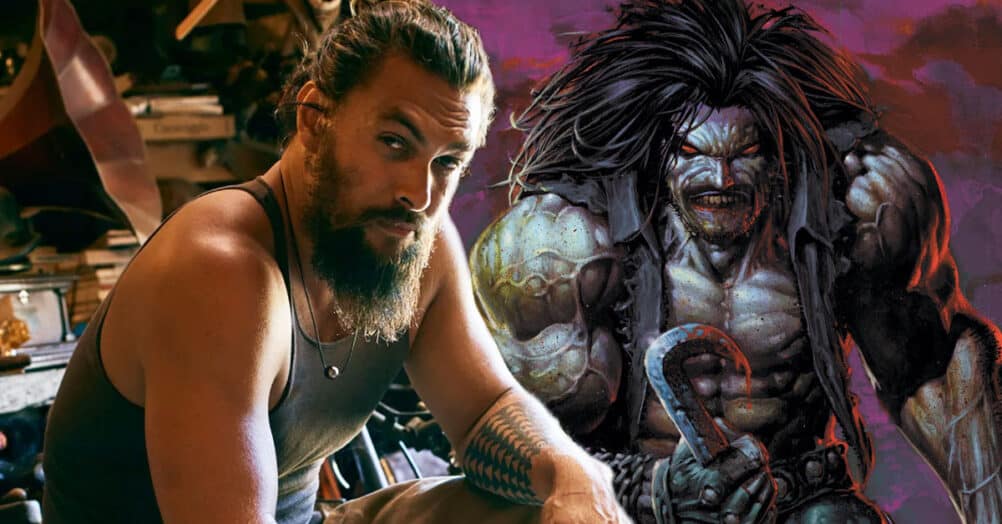
Follow the JOBLO MOVIE NETWORK
Follow us on YOUTUBE
Follow ARROW IN THE HEAD
Follow AITH on YOUTUBE